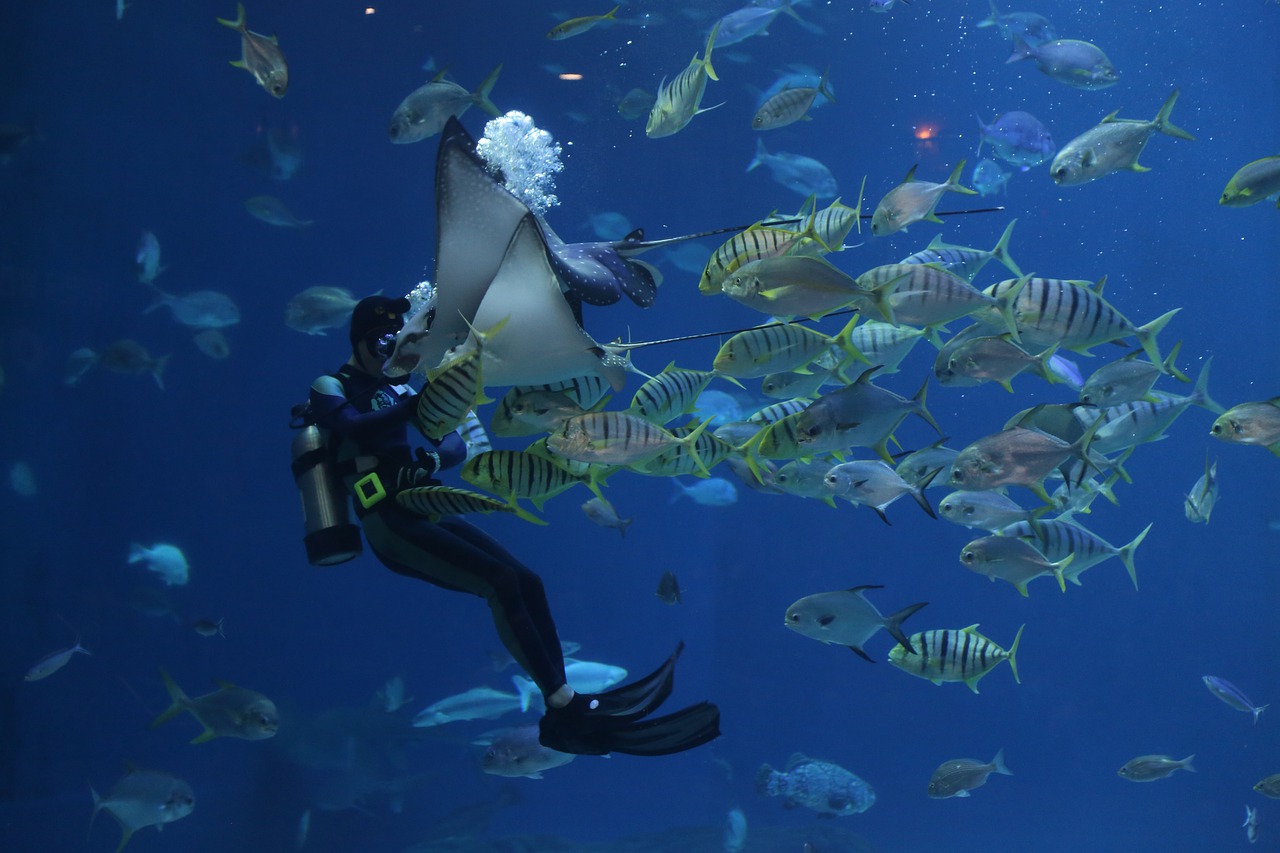Every animal has an own strategy of survival – from the smallest tree frog to the biggest giraffe. Often escape is the best way to avoid confrontation with a predator, but this type of anole has taken this plan even further. “Dactyloidae”, a specific type of air-breathing anoles found in warmer climates of our earth, has a specific trick. Currently, many biologists are completely puzzled how exactly this little green creature has found the ability to stay up to 18 minutes completely submerged underwater.
A long dive to escape the enemy
A long dive helps the anoles to escape any potential enemy. Recently scientist have taken a closer look at how this can even happen. By observing anoles underwater, it became evident that the small air bubbles coming from the animal could be evidence of underwater breathing. The anoles are becoming fully semi-aquatic animals. But the trick goes even further. The anoles exhale the air into tiny bubbles which stick directly to the surface of their skin. Then, the anole re-inhales the same air bubbles back into their body, an ability named “rebreathing”. The scales of the anoles help them to hold those air bubbles, especially close to the nostrils. Scientists have now discovered that the oxygen content of the bubbles decreases over time – a clear sign of the breathing ability of the animal.
A new discovery
By using specific oxygen sensors in combination with certain measurement tools, the biologists were able to exactly describe this ability. It took many trial-and-error experiments with anoles in the wild until this discovery was made. Often the anoles escaped from the experimental setups and dived deep in the rivers. The anoles can become a fully underwater breathing lizard type.
The art of becoming “invisible”
Underwater-breathing anoles have clear advantages compared to other lizards. Sharing this ability gives them the chance to hide from any predator while being completely underwater. Literally, they do become “invisible” – a big change from being the prey to not being found anymore. The biggest use of this strategy is not getting eaten by predators – a similar approach is taken by water beetles before. But looking at anoles – this is a completely new discovery. It was not expected to be found in lizards at all; the physiological differences between them are too significant.
The hydrophobic skin texture
The skin of underwater-breathing anoles is considered to be fully hydrophobic. Only this allows them to form distinctive air bubbles, which gives them the ability to stay underwater for this long period. Once the anole dives underwater, the air bubbles form and cling to the skin, and the anole can then use the pockets for breathing and going hunting. To give a better impression of how the air bubble works – it is simply like having an own scuba tank stuck to your body. The air bubbly hosts the necessary amount of oxygen the animal needs. The air goes from the pockets to the nasal passage, the mouth, and the wider windpipe.
Hunting for food
But this trick is not just for protecting against any possible predators. The underwater breathing anole uses this ability to hunt for prey. The anoles hunt for small fishes, freshwater crustaceans, and small insects. Diving under the water surface clearly helps them to hunt for this type of fish and insects. However, there is more on the hunting list of anoles, and it was also observed that many of them enjoy fruits, flowers and even nectar pockets.
Can humans learn this ability?
What can humans learn from anoles, and can it help us to find new creative ways of breathing underwater? Or will it bring us closer to the long going dream of living underwater? According to scientists, understanding those creative and often unexpected ways how animals deal with challenges based on their environment can aid humans, too. This way of keeping air bubbles intact and under the water surface could lead to new types of scuba-diving gear, a new type that fully enables rebreathing under the water surface. However, a lot of research and testing needs to be done before any similar technology can be used. Further planning, experiments, and observation of the underwater breathing ability of anoles need to be done in the future. Nevertheless, it can act as an inspiration for new inventions and technologies.
Anoles in Australia and future research
For the Australian continent, anoles are widely distributed. The most common anole type is the “Anolis Carolinensis”, a tree-dwelling species. They are native to pacific islands and often discovered in the warmer regions of the continent. Scientists are currently examining the links between the Australian anoles and the underwater-breathing anoles to determine a clear genetic link structure. The rebreathing ability of this new type of anole needs to be clearly observed in future projects – according to the biologists. Currently, there are six different species of semi-aquatic anoles as being known to us.

